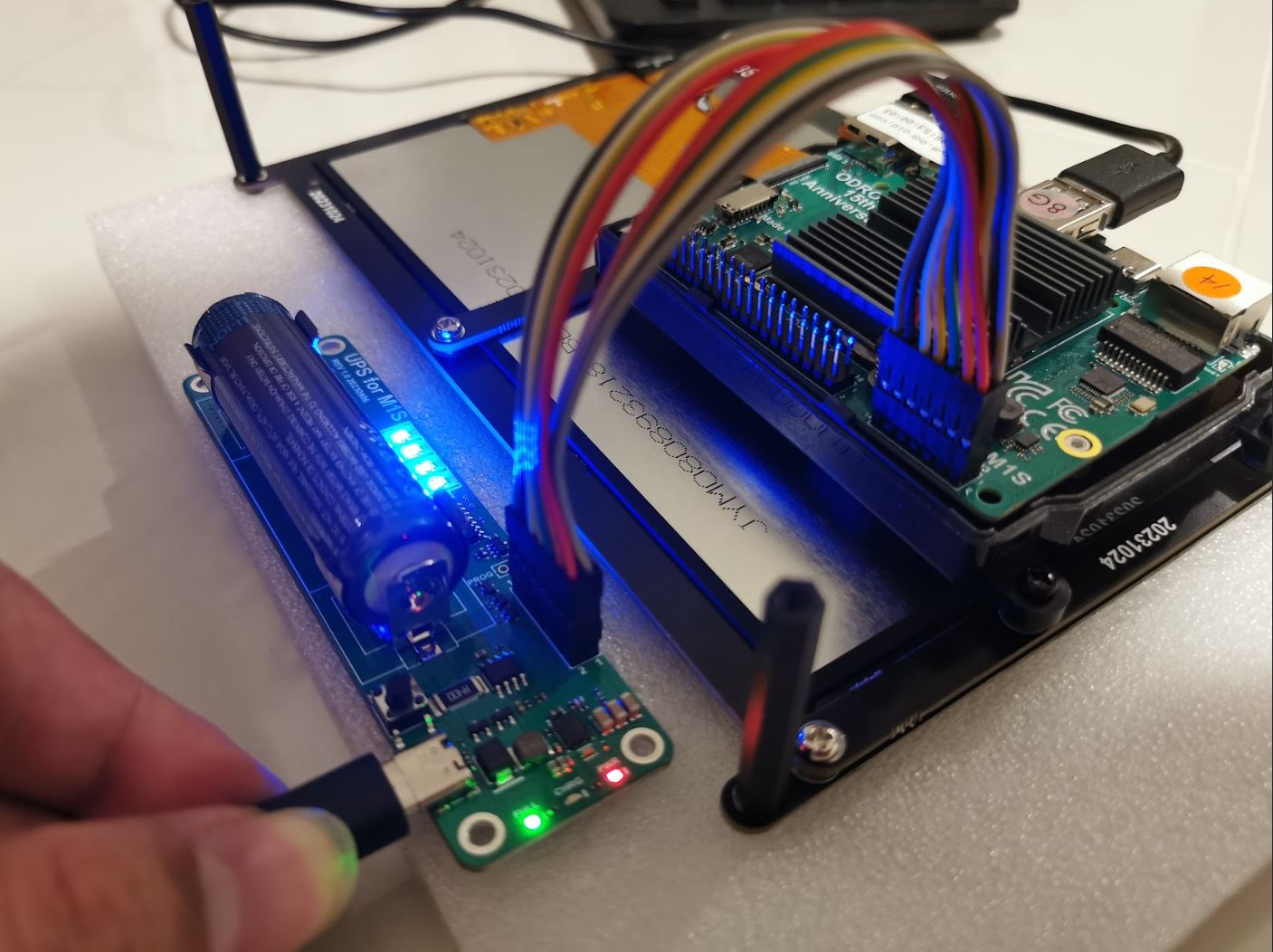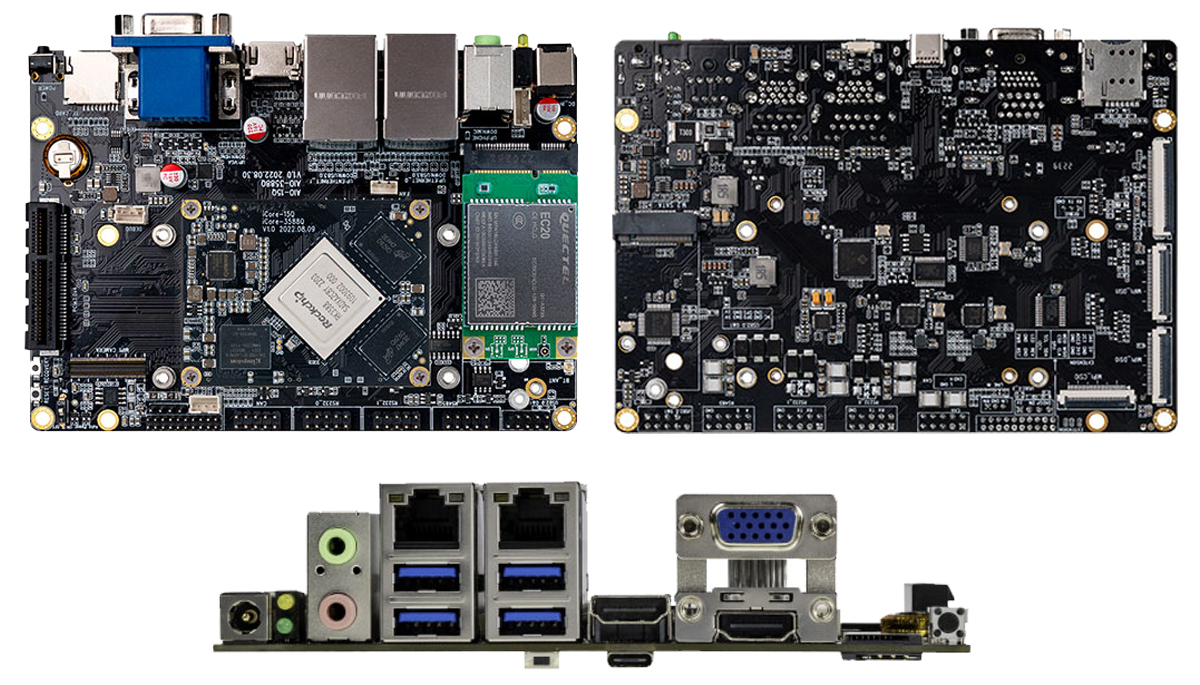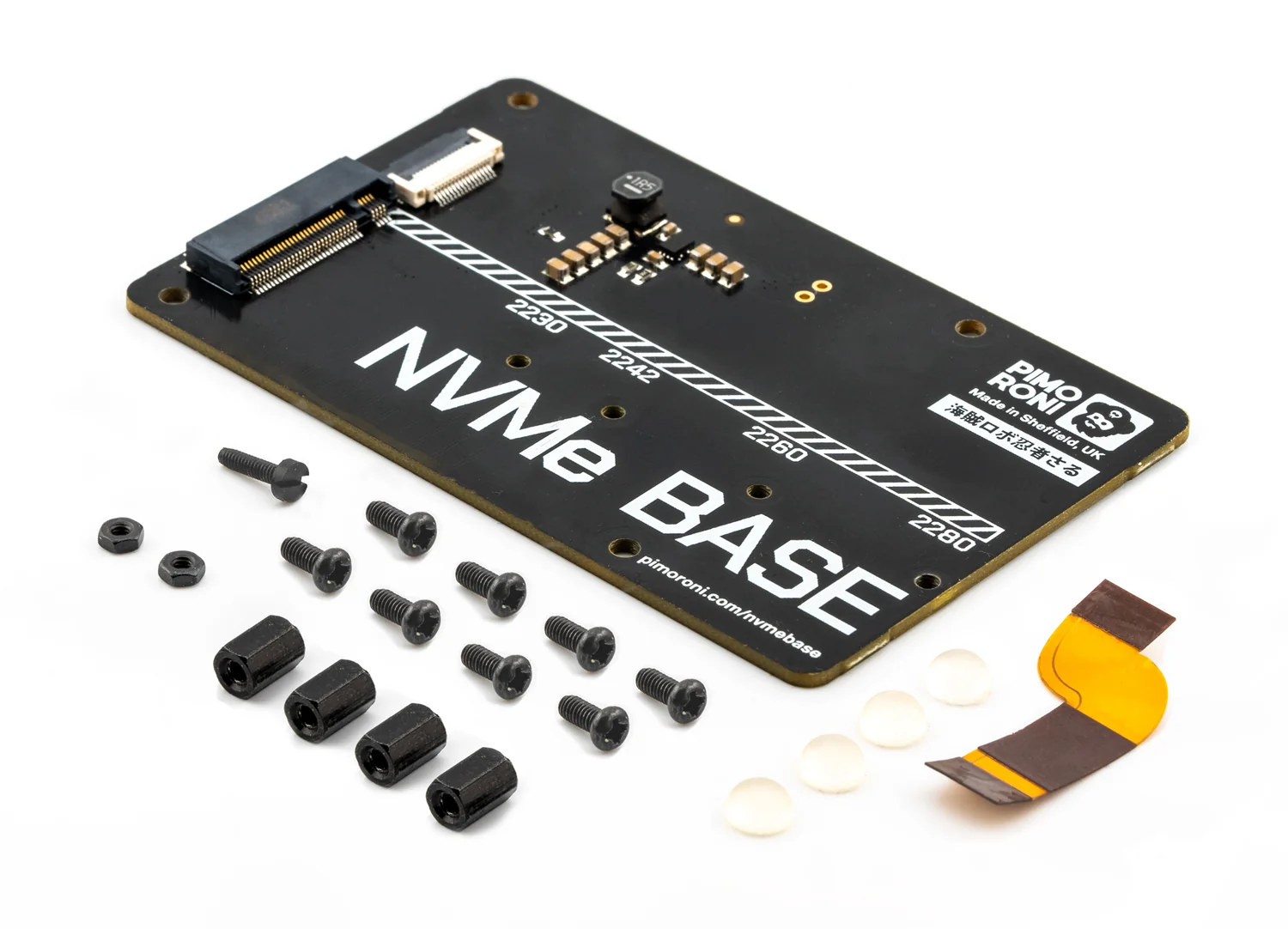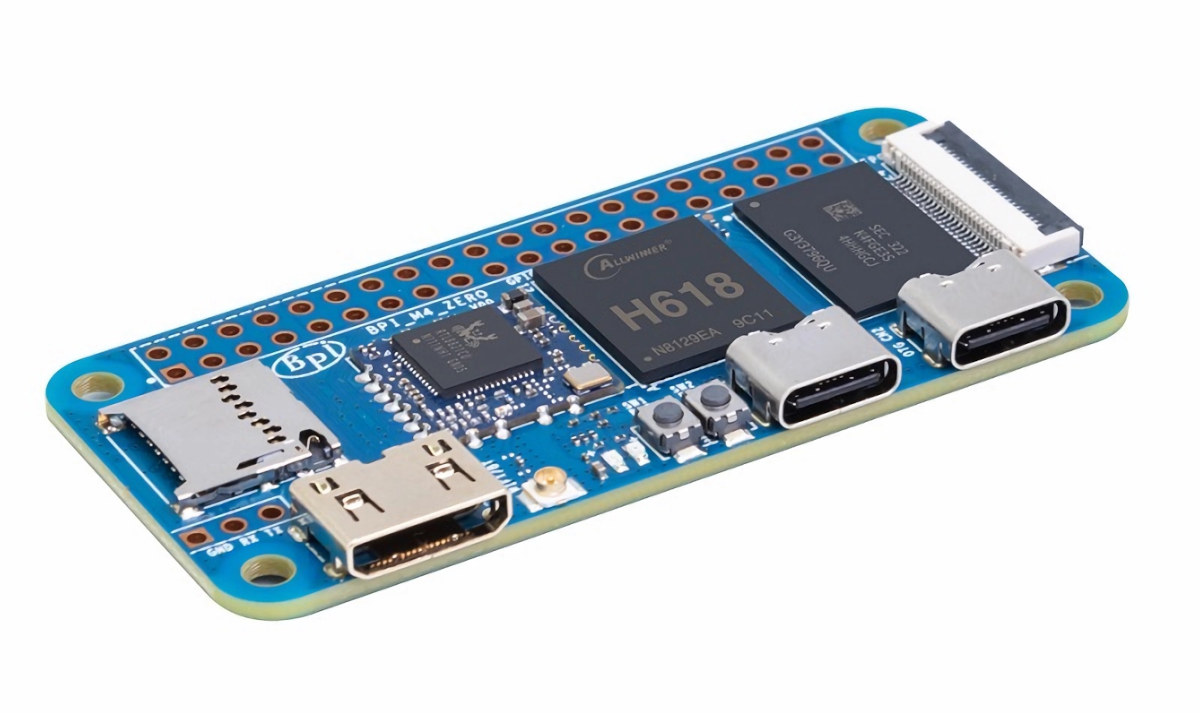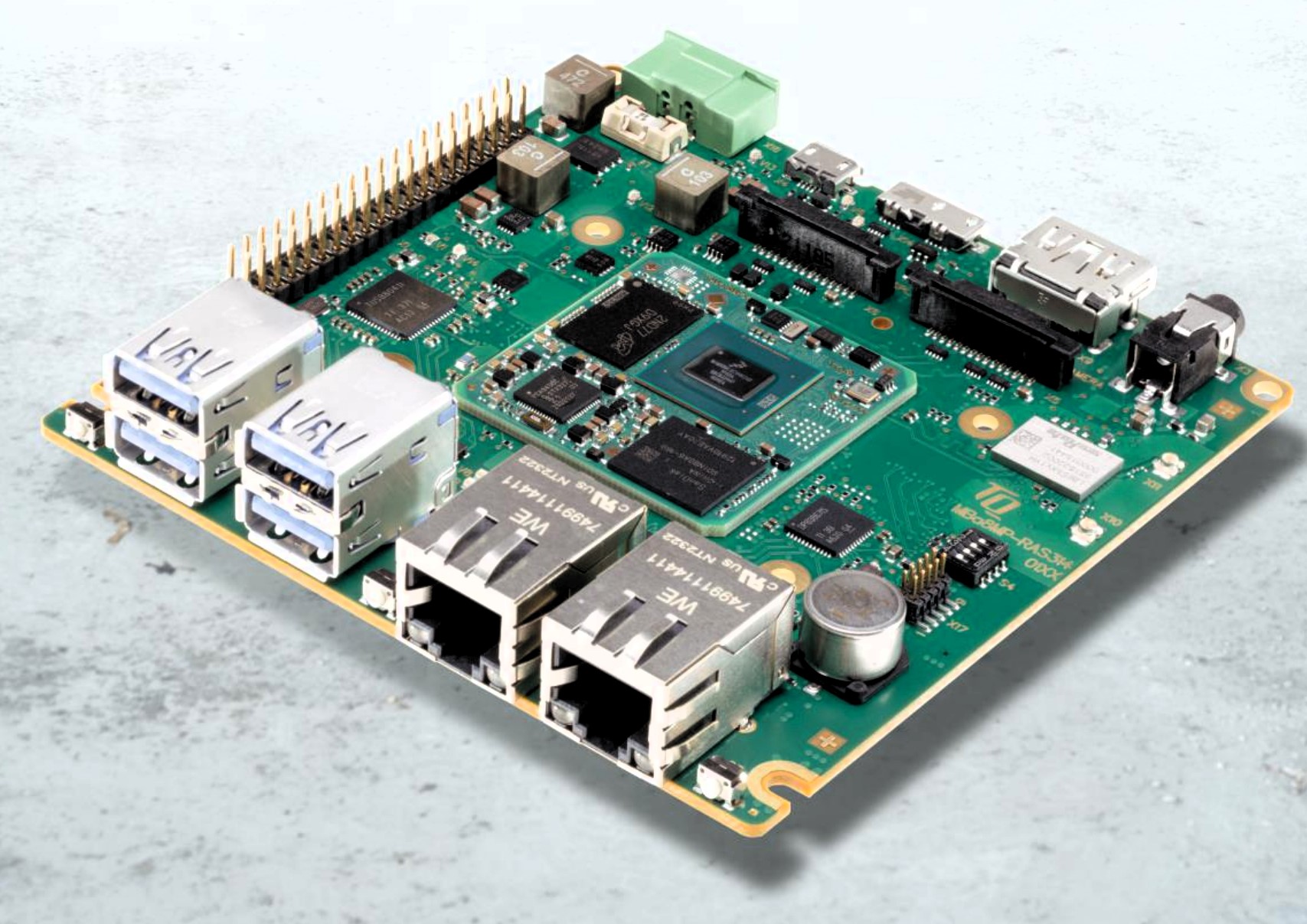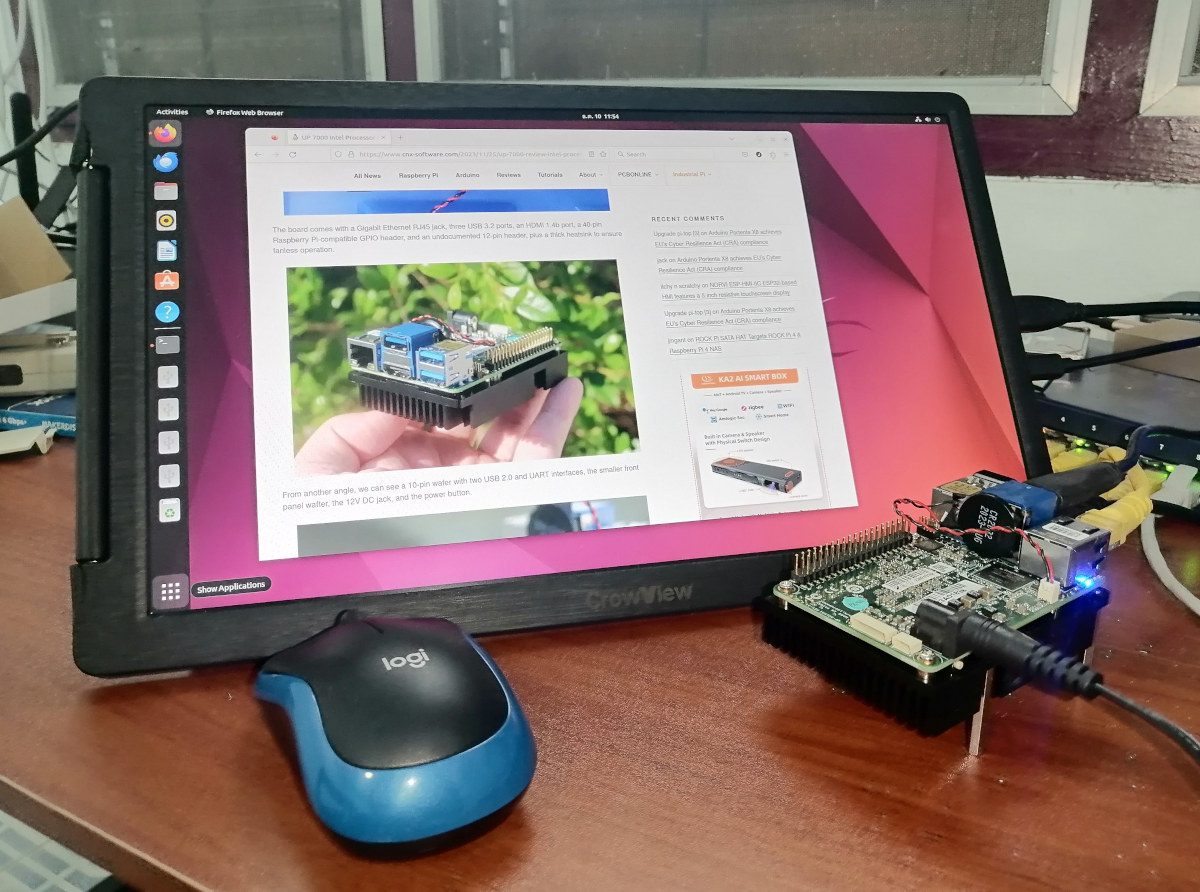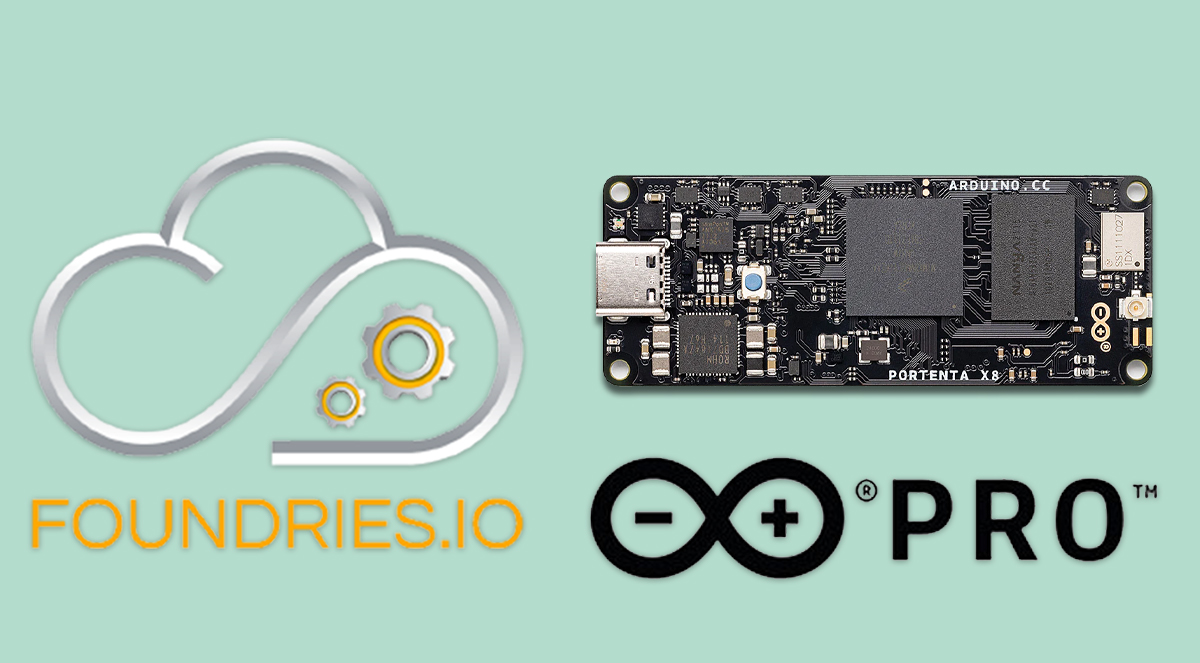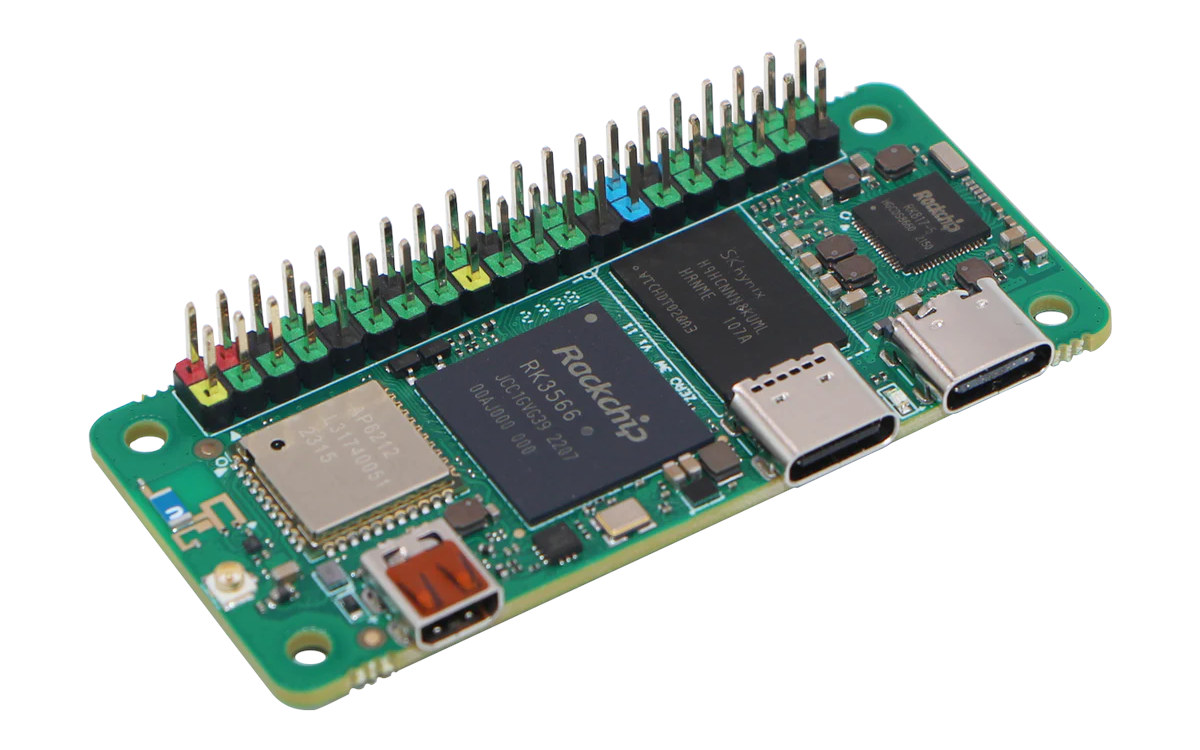Hardkernel ODROID-M1S single board board was recently launched to celebrate the company’s 15th anniversary. While the ODROID-M1 board was introduced with the Rockchip RK3568 SoC last year, the new ODROID-M1S board is smaller and cheaper starting at just $49 and comes with a Rockchip RK3566 SoC. Hardkernel sent us a sample of the ODROID-M1S board for review with 8GB of memory and 64GB of storage as well as accessories. Let’s unpack the box before trying it out with Ubuntu 20.04 Desktop and testing each accessory. ODROID-M1S unboxing with ODROID-Vu8S display, UPS kit, and WiFi dongle The review package we received from Hardkernel included the ORDROID-M1S SBC in its plastic enclosure, the VU8S 8-inch touchscreen display, a UPS board, and a dual-band WiFi 5 USB dongle. The UPS module comes without a battery, so we had to find an 18650 battery to use it. As we’ll see further below, the UPS […]
Firefly AIO-3588Q 8K AI Board Features Octa-Core CPU and 6 TOPS NPU
Firefly has recently launched the AIO-3588Q 8K AI board powered by a powerful Rockchip RK3588 SoC, up to 32GB of RAM, 8K video encoding-decoding, Gigabit Ethernet, Wi-Fi 6, 5G/4G, and multiple display support. With all these features this board is designed to target the industrial, commercial, and automotive markets. Previously, we have covered many SBCs and SoMs designed by Firefly such as the similarly named Firefly AIO-3588SG; feel free to check those out if you’re interested. Features and specifications of the AIO-3588Q 8K AI Board: SoC – RockChip RK3588: CPU – Octa-core 64-bit (4x Cortex-A76+4x Cortex-A55), 8nm process, up to 2.4GHz. GPU – ARM Mali-G610 MP4, supports OpenGL ES3.2/OpenCL 2.2/Vulkan1.1, 450 GFLOPS. NPU – Up to 6 TOPS, supports INT4/INT8/INT16, compatible with TensorFlow/MXNet/PyTorch/Caffe. ISP – Integrated 48MP ISP with HDR & 3DNR. VPU – Supports 8K @ 60fps and 4K @ 60fps video decoding/encoding, including H.265/VP9/AVS2, and H.264 AVC/MVC. RAM […]
$14 Pimoroni NVMe Base adds an M.2 PCIe socket underneath the Raspberry Pi 5 SBC
Pimonori has started to take pre-orders for the NVMe BASE add-on board that adds an M.2 PCIe socket underneath the Raspberry Pi 5 SBC with support for M.2 NVMe SSDs and M.2 AI accelerators with 2230, 2242, 2260, or 2280 sizes. It’s not the first M.2 expansion board for the Raspberry Pi as the PineBerry Pi HatDrive TM1 and BM1 add-on boards launched last month can also do that either on top of on the bottom of the Raspberry Pi, but the NVMe BASE is quite cheaper at just 13.50 GBP inc. VAT or $14.29 ex. VAT at the time of writing. NVMe Base key features and specifications: NVMe Base PCB M.2 M-key slot Holes for 2230, 2242, 2260, and 2280 sized M.2 modules Raspberry Pi FFC PCIe connector ‘PCIe Pipe’ Flat Flex Cable M2 bolt and 2x nuts for SSD mounting 4x 7mm M2.5 standoffs for base mounting 8x […]
Banana Pi BPI-M4 Zero Allwinner H618 SBC follows Raspberry Pi Zero 2 W form factor
Banana Pi BPI-M4 Zero is another Raspberry Pi Zero 2 W alternative with an Allwinner H618 quad-core Arm Cortex-A53 processor, 2GB LPDDR4, 8GB eMMC flash, mini HDMI video output, two USB-C ports, WiFi 5 and Bluetooth 4.2 wireless connectivity and the usual 40-pin GPIO header as well as a 24-pin “Misc” FPC header. It succeeds the Banana Pi BPI-M2 Zero launched in 2017 with an Allwinner H2+ quad-core Cortex A7 processor with basically the same form factor but a more powerful 64-bit Arm processor, more memory (2GB vs 512MB), built-in eMMC flash, dual-band WiFi 5, and the 24-pin MIPI CSI connector is now a “Misc” connector with USB 2.0, Fast Ethernet, and other I/Os. Banana Pi BPI-M4 Zero specifications: SoC – Allwinner H618 CPU – Quad-core Arm Cortex-A53 processor @ up to 1.5GHz with 1MB L2 cache GPU – Arm Mali-G31 MP2 GPU with support for OpenGL ES 1.0/2.0/3.2, OpenCL […]
TQ MBa8MP-RAS314 i.MX 8M Plus single board computer targets industrial, medical, and transportation applications
TQ has recently introduced a single board computer (SBC) called MBa8MP-RAS314. This industrial SBC is built on the TQMa8MPxL embedded module powered by the i.MX 8M Plus Arm Cortex-A53 processor developed by NXP and incorporates all the interfaces of the processor. The MBa8MP-RAS314 single board computer (SBC) finds many applications across various industries due to its features and versatility. In the medical field, it can be found in equipment for sleep monitoring, HMI eye laser systems, dialysis system control, and patient monitoring. In transportation, it can be used for in-vehicle diagnostics and acts as a gateway. Its capabilities extend to industrial automation, where it contributes to optical inspection systems, soft PLCs, programmable control, machine control, and maintenance systems. Specifications: CPU/Processor NXP i.MX 8M Plus Quad 8 ML/AI NXP i.MX 8M Plus Quad 6 Video NXP i.MX 8M Plus Quad 4 Lite Memory/Storage LPDDR4-SDRAM: Up to 8 GB Quad SPI NOR: […]
UP 7000 SBC review – Part 2: Ubuntu 22.04 on a fanless Intel N100 single board computer
The UP 7000 is a credit card-sized Alder Lake-N single board computer that can be used as an alternative to the Raspberry Pi 5 for industrial applications. AAEON sent me a model with an Intel Processor N100 CPU, 8GB LPDDR5, and a 64GB eMMC flash, and I went through an unboxing in the first part of the review, compared its mechanical design to the earlier UP 4000 and Raspberry Pi 5 SBC , and also installed Ubuntu 22.04 since the UP 7000 board did not come with any OS and would initially boot to the UEFI shell. I’ve now spent more time with the board and I will report my experience with the UP 7000 SBC running Ubuntu 22.04 in this article checking out features, performance, video playback, power consumption, and so on using the UP 4000 review with Ubuntu 22.04 I did last year as a template plus some […]
Arduino Portenta X8 achieves EU’s Cyber Resilience Act (CRA) compliance
Foundries.io, in collaboration with Arduino, has integrated its security software into the Portenta X8, making it the first system-on-module (SoM) to achieve CRA Compliance with the European Union’s Cyber Resilience Act (CRA). Last year, we covered the Portenta X8, Arduino’s first board with an Arm processor running Linux with expansion capabilities with add-ons such as the Portenta HAT Carrier Board, and you’ll find more details about the hardware in those posts. This new EU’s CRA specifies minimum security for all IoT devices in Europe from 2025. This includes: Establish standards for secure products with digital elements throughout the EU. Require manufacturers to focus on security at every stage of a product’s life. Increase user awareness of a product’s cybersecurity features. Demand that Original Equipment Manufacturers (OEMs) quickly address vulnerabilities in devices already in use. All these rules will be applicable for the full lifespan of the devices. Under the upcoming […]
Radxa Zero 3W SBC – Rockchip RK3566 SoC, 8GB RAM, WiFi 6 in Raspberry Pi Zero 2 W form factor
More Raspberry Pi Zero 2 W lookalikes are coming to market, as after the Allwinner H618-based Orange Pi Zero 2W, the Radxa Zero 3W has now been introduced with a 1.6 GHz Rockchip RK3566 processor and up to 8GB RAM, plus WiFi 6 and Bluetooth 5.4 connectivity, which makes it one of the most powerful Arm Linux SBCs in the compact Raspberry Pi Zero form factor. The board also comes with an optional eMMC flash with up to 64GB capacity, a microSD card, a micro HDMI port, two USB Type-C ports, a MIPI CSI camera connector, and of course, the usual 40-pin Raspberry Pi GPIO header. Radxa Zero 3W specifications: SoC – Rockchip RK3566 CPU – Quad-core Arm Cortex-A55 processor @ 1.6 GHz (Note the RK3566 is usually clocked at up to 1.8 GHz but may have been underclocked here due to heat issues at the higher frequency as the […]


